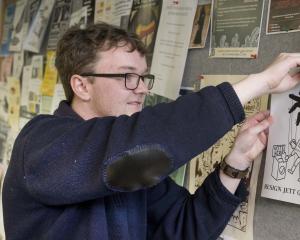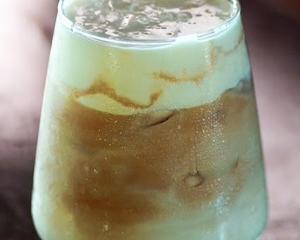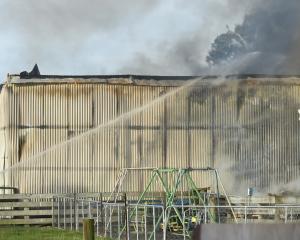
Located up Signal Hill Rd, Marianne Groothuis and John Dodd’s property is nestled unobtrusively behind a boundary of tall native trees.
Entering the driveway, a feeling of calmness embraces you as the hum of traffic is replaced by the chatter of birdsong.
The wide, sweeping gravel path, a former driveway, is bordered with tree ferns, astelia and rhododendrons and a lush green canopy of native trees provides a haven for the birds.
Among the trees are Northern rātā, Southern rātā, lancewoods, kōwhai, kauri, rimu, pōhutakawa and nīkau palms, sitting side-by-side with rhododendrons, azaleas and camellias.
But when the house was built in 1932, a very different garden greeted visitors.
Back then, a formal English garden was visible from the road. It had a circular pond with a fountain in the lower garden and stone steps, pillared by yew trees, leading up to the symmetrical flower and rose beds nestled in the expansive lawn above. A row of flowering cherries ran along the top of the garden in front of white-painted trellis.
But all that changed in 1959 when the quarter acre (1000sqm) property was bought by Doug Campbell and his wife Ann. Campbell was a geologist and botanist at the University of Otago and put a lot of the natives and trees into the Opoho property, as well as at his holiday home in Warrington.
"He was a passionate collector of rare native plants, but he hated the formality of the English garden," Dodd says.
"He did his absolute best to subvert [the formality] without actually removing anything."
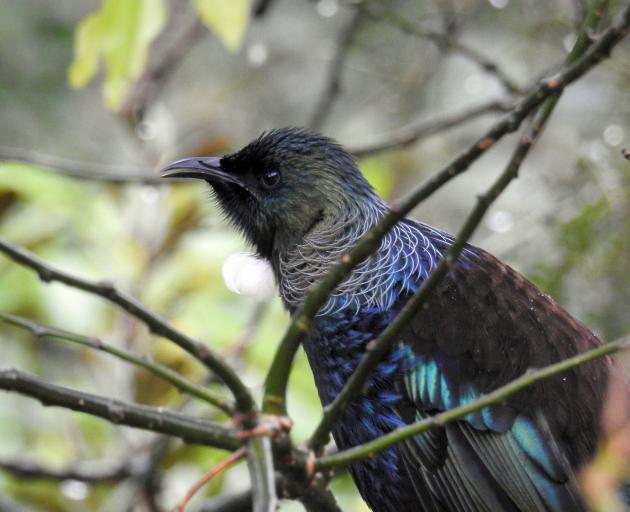
Many flowering cherries were removed, but a few remain among the rhododendrons.
"He called the [flowering] cherries the ‘poodles of the plant world’," Groothuis says.
Among the natives the botanist planted is a kauri tree.
Dodd says it was about 1.5m tall when he and Groothuis bought the property about 25 years ago.
"Apparently it was gifted to Doug by a geology student who was working for a mining company in Coromandel. A road was going through and the little kauri was going to get ripped out so this student rescued it and brought it back to Dunedin for Doug.
"It would be about 30-40 feet (9-10m) tall now."
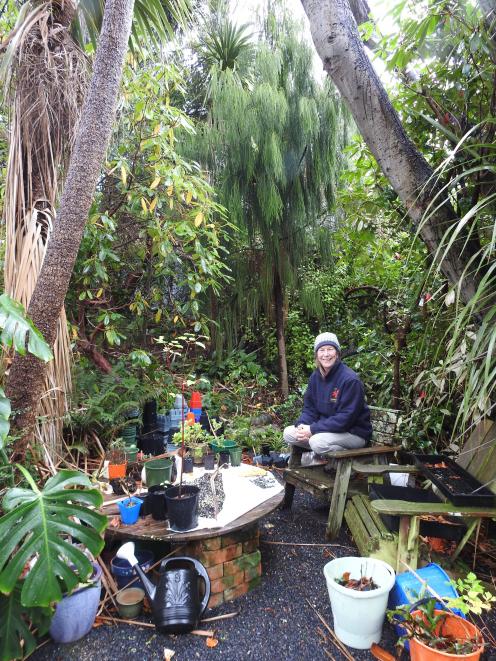
"He would gather scree from the area and place it around the plant," Groothuis says.
Campbell is no longer alive, but an extract from his obit written in 2001 sums him up well:
"Doug was less concerned about the appearance of his garden. His interest was in the plants themselves. Each one had a story, either related to where he had collected them on geology trips all over New Zealand, or [related to] a research question he had about the variation in leaf shape and size. He had speargrass, native brooms, shrubby coprosmas, little gunneras, and the occasional special celmisia. He wanted to bring tūī and bellbird around the house and was always on the lookout for good nectar-producing species."
Campbell must have known his garden was in good hands when he sold the property privately to Dodd and Groothuis in 2000, especially since Groothuis is a curator at the Dunedin Botanic Garden, responsible for the camellia collection.

She also has a hedge of 30 white-flowering Camellia ‘setsugekka’, which are coming into flower now.
Also in her home garden is her "outdoor office", a special area nestled in the bottom of the section surrounded by natives, where she has a table to pot up seedlings and cuttings, for other areas of the garden, or to sell at the gate.
Dodd is a talented double bass player as well as a guitarist and singer-songwriter. He plays in many different musical lineups, often touring the country. He’s also a former music teacher at Logan Park High School and, like his wife, has a love for the garden.
"This garden is my personality and John’s personality, Groothuis says.
"We both love it and we have firm discussions when something needs to be removed or planted."
Dodd says there are always messy parts. "I would probably like it immaculate."
But Groothuis likes the "scruffy" habitat that encourages the birds and insects.

She especially likes to keep the dying leaves facing down on the cabbage tree trunks – "it’s something that cabbage trees only do in the colder climates to protect themselves", and she says it also makes a great habitat for insects.
Since moving in, they have planted a mataī, a rimu, three nīkau, pohutakawa, kakabeak, the Chilean myrtle Luma apiculata, rata, kowhai and ‘‘lots of tree ferns’’.
The couple say most of the work involved is getting the weeds under control, and pruning the trees to allow the light in.
"We do get arborists in to help thin out the trees," Groothuis says.
Their most treasured area is the window seat in the lounge.

Close to the window, a witch hazel is in flower and a Japanese pagoda tree has been trimmed back to create room to hang bird feeders from the trellis.
The antics and interactions of the tūī, kererū, bellbirds and waxeyes can be admired close-up from the comfort and warmth of the lounge.
"We’ve almost constantly got a bird [on show]. Our two kereru often sit there and just hang out," Groothuis says, adding the window seat is an ideal place for reading or recuperating.
There are sometimes up to six tūī at the feeders.
"You can just sit here for ages watching."
As Dodd and Groothuis approach their 25th anniversary of owning the property in October, they say they are proud to have continued the previous owner’s work.
They have a huge respect for Doug Campbell.
"He was in this [property] for about 40 years and his legacy is still alive," Groothuis says.
"We really love that the garden is about big trees and natives and [we love] the joy that comes from it being a little [bit of] wildlife in suburbia."
The garden is in good hands.
